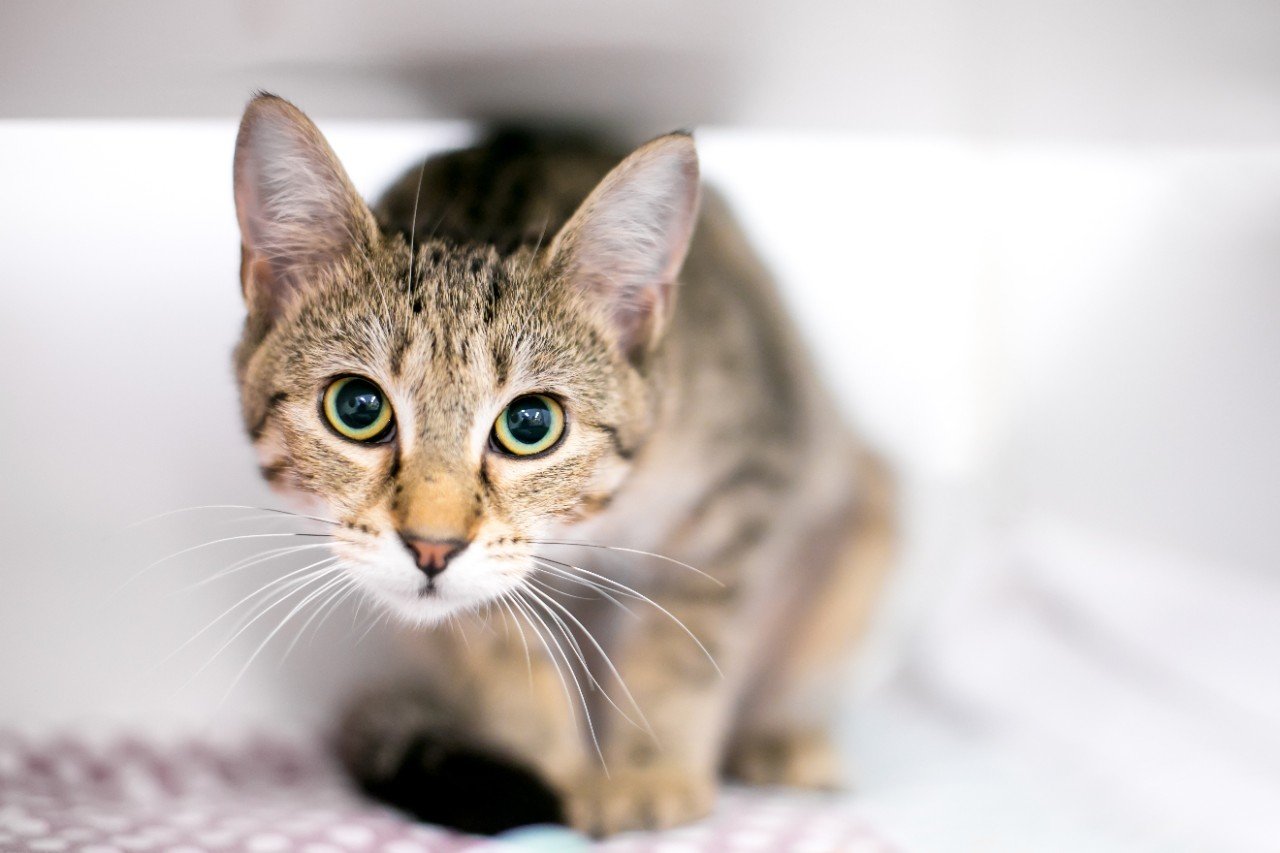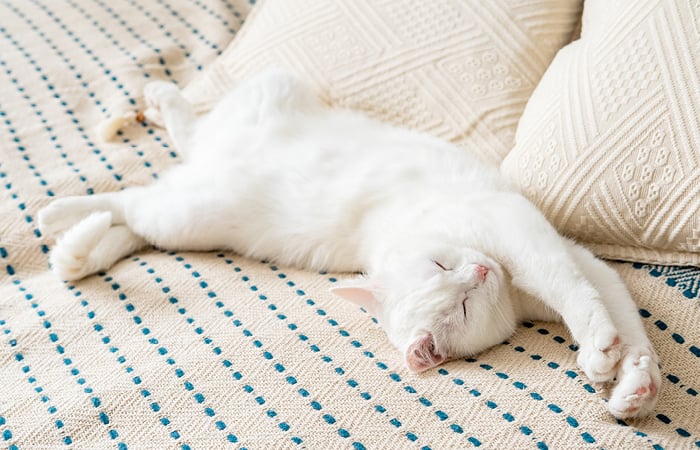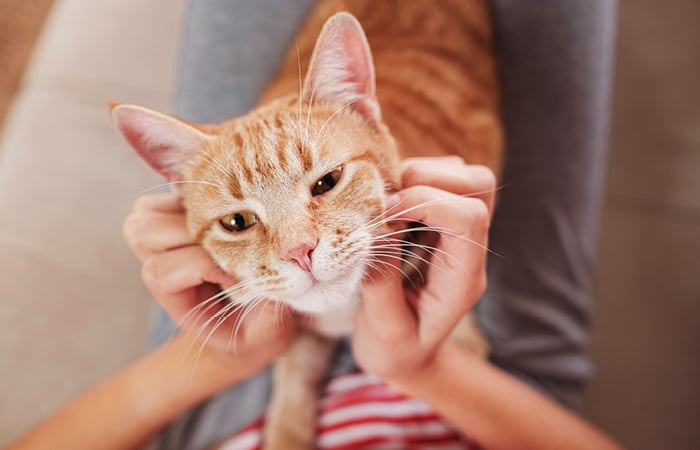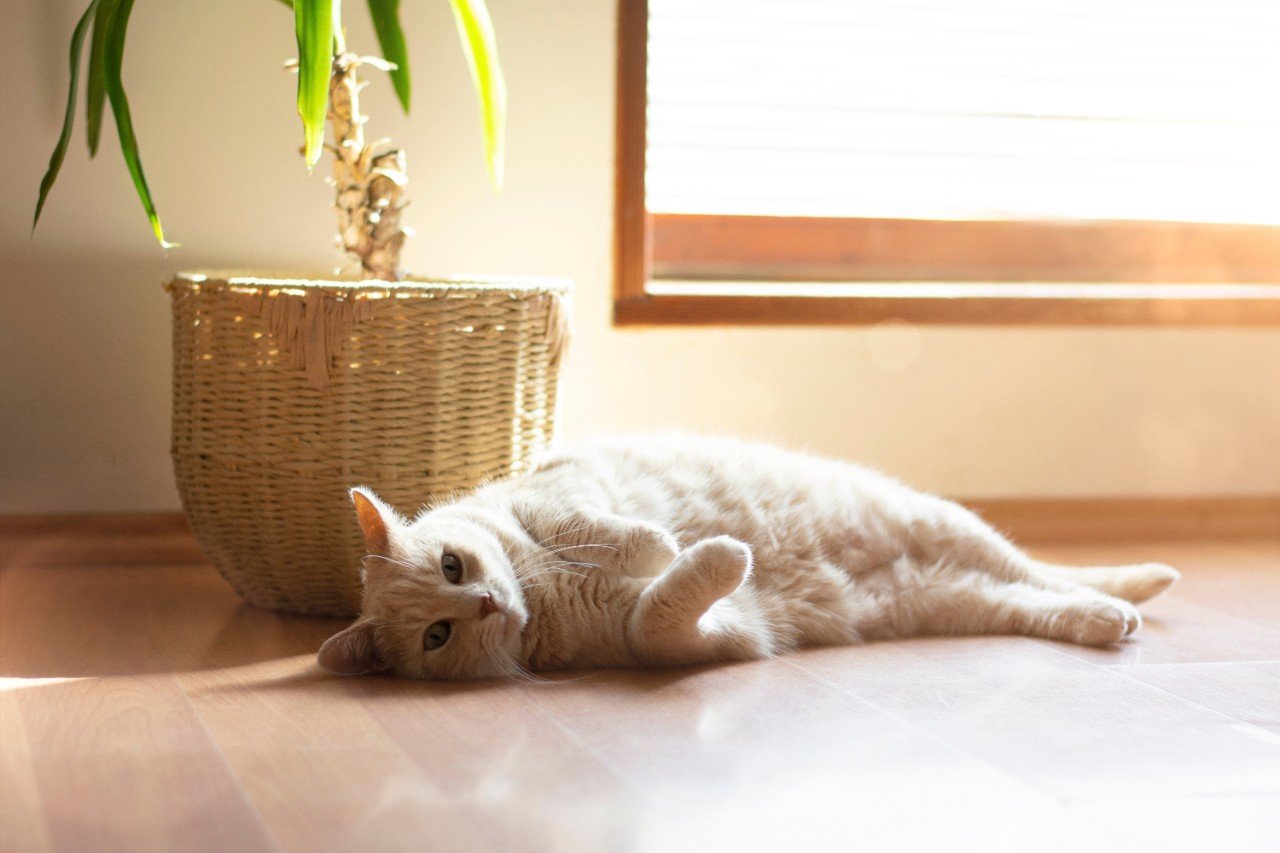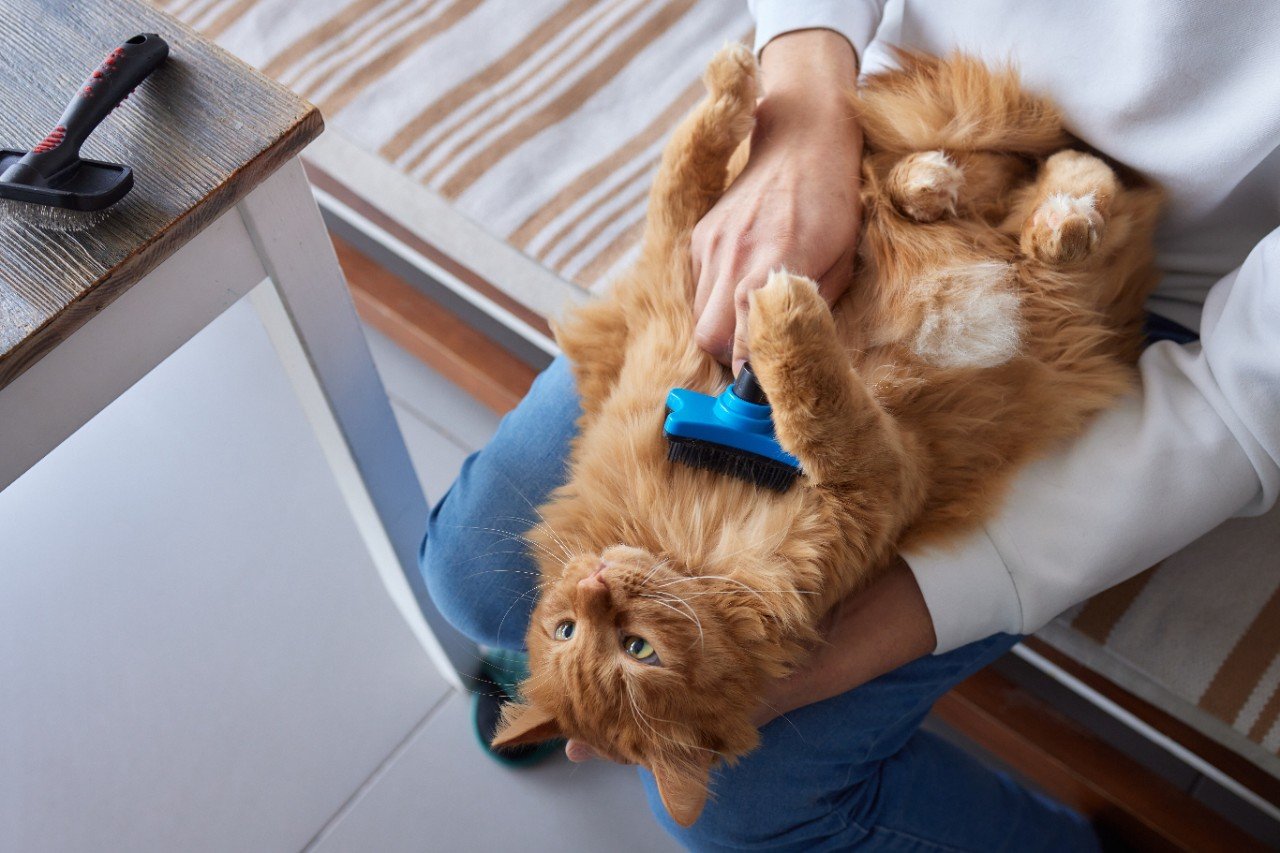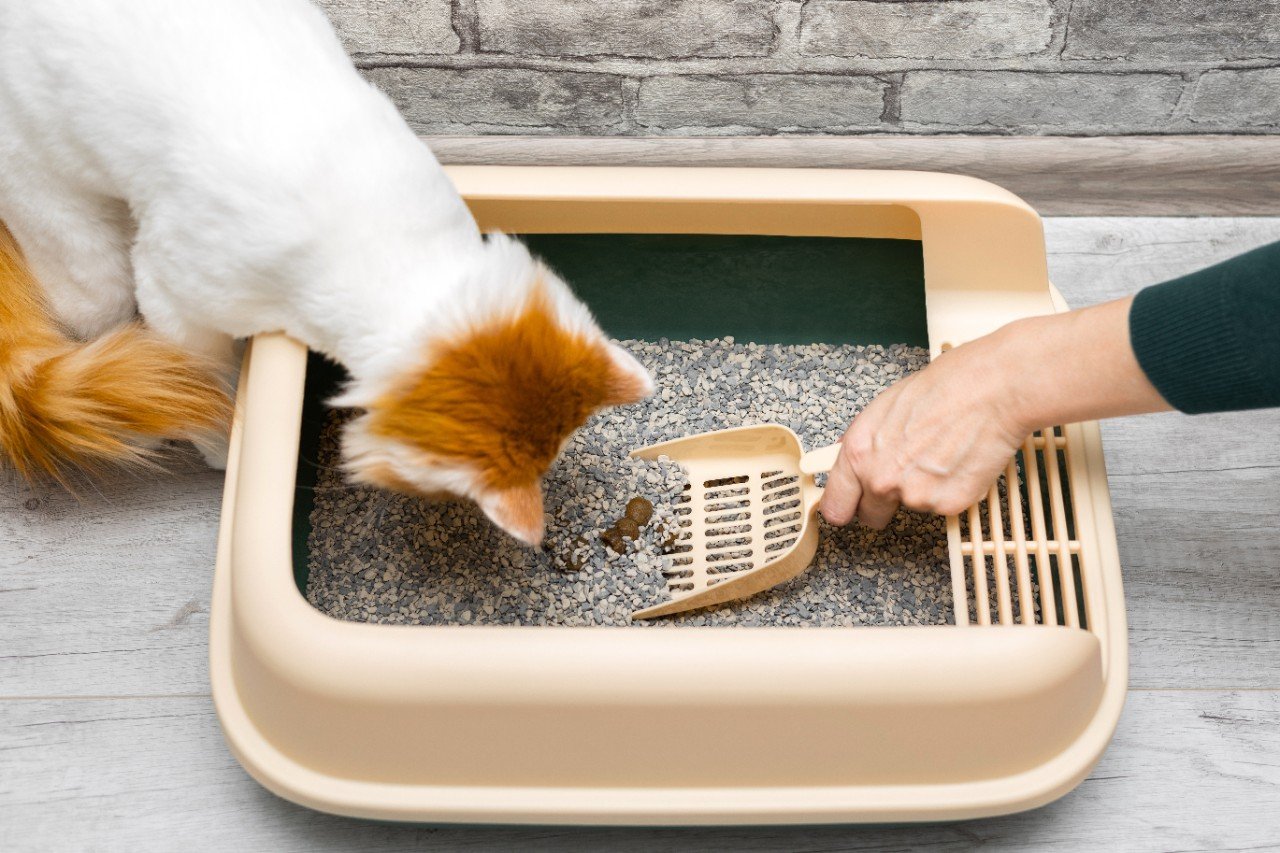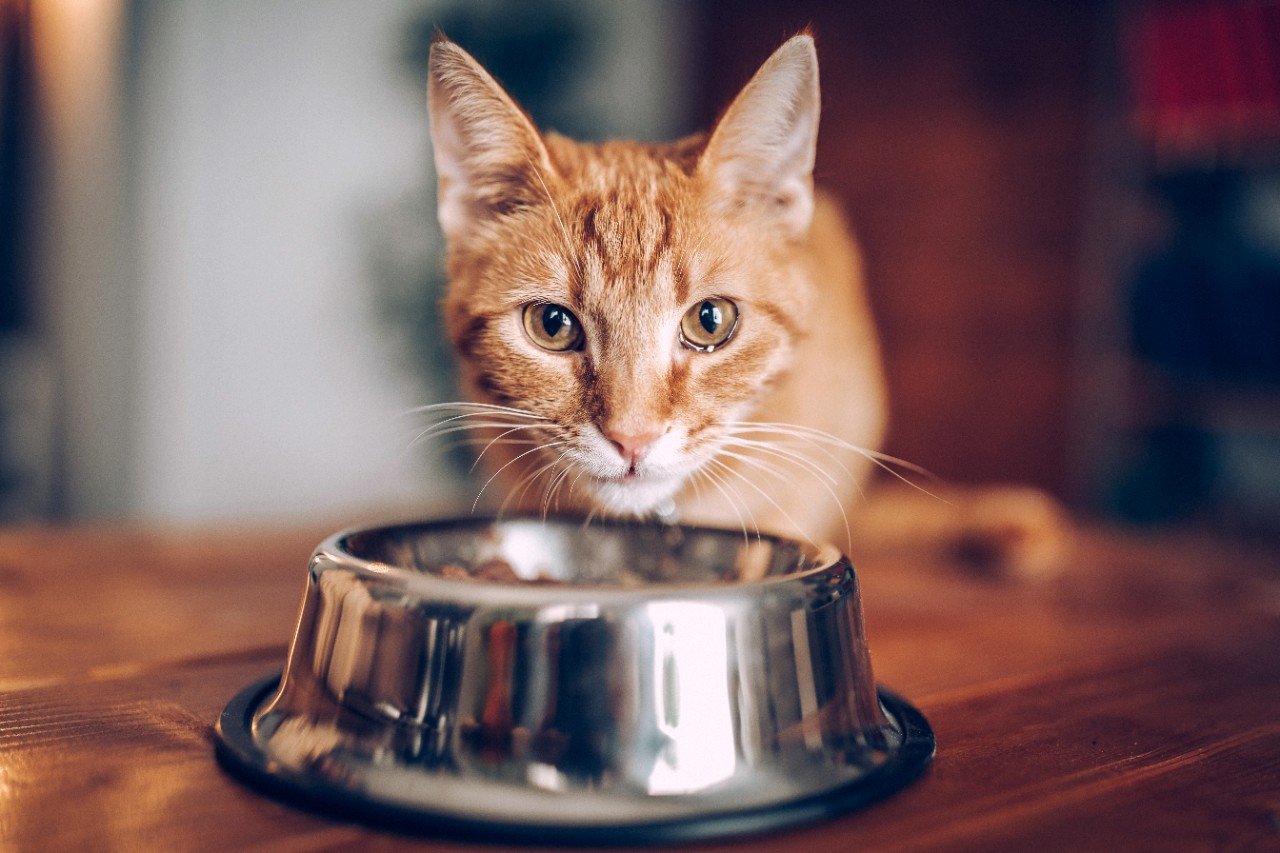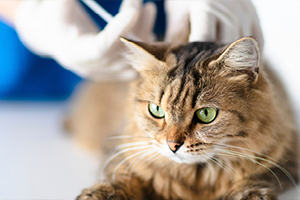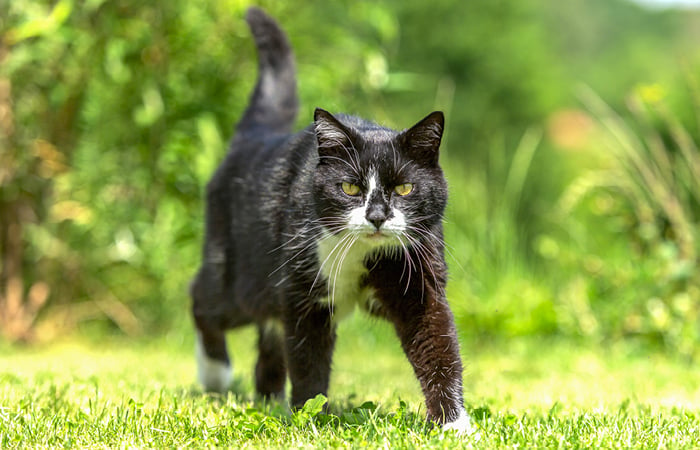The ultimate guide to cat carriers
Quick Links
How to choose a cat carrier
You’ll find a huge variety of cat carriers on the market, and deciding which one to choose can be confusing. Whichever style you go for, bear in mind it should always be large enough for your cat to sit, stand, lie down and turn around comfortably, but not so big that they’re sliding around inside it. Look for a durable cat carrier that closes securely and is well-ventilated – ideally with openings on at least two sides – as this will help prevent your cat overheating.
Read on for some of the pros and cons of the most common types of carrier.
Hard-sided carriers
A hard-sided cat carrier with latched openings is a sturdy choice that will protect your cat and help them feel secure. Plastic or wire mesh carriers are the easiest to clean if your cat has an accident on the move, but some owners find wicker basket carriers more aesthetically pleasing, particularly if storage space is limited and the basket will be kept on view at home. (But bear in mind behaviourist Nicky Trevorrow’s advice that ‘wicker baskets are a nightmare to clean!’)
If a hard-sided carrier doesn’t include any padding, you can make it more comfortable for your cat by adding your own soft mat, blanket or quilt. The main downside to hard-sided cat carriers is that they can be heavier to carry, and when not in use take up more room than collapsible carriers – but Nicky recommends
Some hard-sided cat carriers allow you to remove the top half. This can be helpful for familiarising your cat with the carrier (see our tips below) and lifting them into it easily, and it’s also useful if your cat is reluctant to come out of the carrier again – for instance, when you get to the vet’s.
Soft-sided carriers
Cardboard cat carriers
Cat carriers with wheels
Backpack carriers for cats
How to make a cat carrier comfortable
To ensure your cat feels as relaxed as possible on the move, it’s a good idea to line their carrier with something that smells familiar: a blanket or towel that smells of your cat works well, and also provides some extra padding. Some newspaper underneath can help absorb any cat urine and minimise post-trip cleaning. ‘Vetbed® is great,’ says Nicky, ‘as it’s both a soft bedding and helps to wick any liquid away from your cat.’
For older cats who might suffer from joint problems or arthritis, a well-padded carrier is particularly important. If you buy an adult-sized carrier for a kitten, a thick, folded-up blanket can help make the space smaller and cosier for them.
Cats like a bit of privacy, especially when they’re feeling nervous – so if your carrier is see-through on all sides, you might like to drape a blanket or sheet over the top (while making sure it’s still well-ventilated). It can also be helpful to spray the inside of the carrier with a feline pheromone spray 15 minutes before use, to help soothe your cat.
Always carry your cat carrier as carefully as possible, and keep it upright – your cat will feel every wobble, jerk and bump. For stability, it helps to hold the carrier close to your body, keeping a firm grip on the handle with one hand and supporting the carrier underneath with the other, to stop it swinging around.
Can two cats travel in one carrier?
How to get a cat into a carrier
The golden rule is: don’t wait until your next vet visit or cattery drop-off to produce your cat carrier! It’s best to familiarise your cat with the carrier well before you need to use it. ‘I would suggest that the carrier be left out all the time to help the cat see it as a safe den,’ says Nicky Trevorrow. ‘It can double up as a bed when they’re not using it for transport.’
Placing one or two of your cat’s favourite treats into the carrier for them to find can help create positive associations. See our step-by-step guide to using positive reinforcement to train your cat to enter their carrier.
If your cat is already fearful around their carrier, you may need to build up gradually. Try leaving a favourite blanket, toy or treat at a distance from the carrier, and over time moving it closer and closer until you can place the item in the carrier itself. Only when your cat is comfortable regularly going into the carrier for a reward should you close the door on them for a few seconds (and put the top back on, if your carrier has a detachable cover) before opening it again. And only when they’re happy to stay inside with the door closed should you eventually progress to lifting the carrier for a moment or two.
There may be a time – an emergency trip to the vets, for instance – when you need to get a reluctant cat into a carrier in a hurry. If treats aren’t working to entice them in, try wrapping a towel or blanket around them to contain them while you place them in the carrier. If your cat is particularly nervous, approach them from behind, place the blanket over them completely, covering their head as well as their body, and gently lift them under their shoulders, wrapping the blanket underneath them as you go. Speak to them reassuringly throughout, and place them in the carrier head-first – and once they’re safely in, feed them some treats, to make the experience as positive as possible.
Finally, if your cat hates their carrier, remember you’re not alone! Almost all cats are reluctant travellers – but taking the time to familiarise them with their carrier ahead of time will help make any unavoidable journeys calmer for everyone.
Petplan is a trading name of Pet Plan Limited (Registered in England No. 1282939) and Allianz Insurance plc (Registered in England No. 84638), Registered office: 57 Ladymead, Guildford, Surrey GU1 1DB.
Pet Plan Limited is authorised and regulated by the Financial Conduct Authority. Financial Services Register No. 311969. Allianz Insurance plc is authorised by the Prudential Regulation Authority and regulated by the Financial Conduct Authority and the Prudential Regulation Authority. Financial Services Register No. 121849. Pet Plan Limited is a subsidiary of Allianz Insurance plc.






